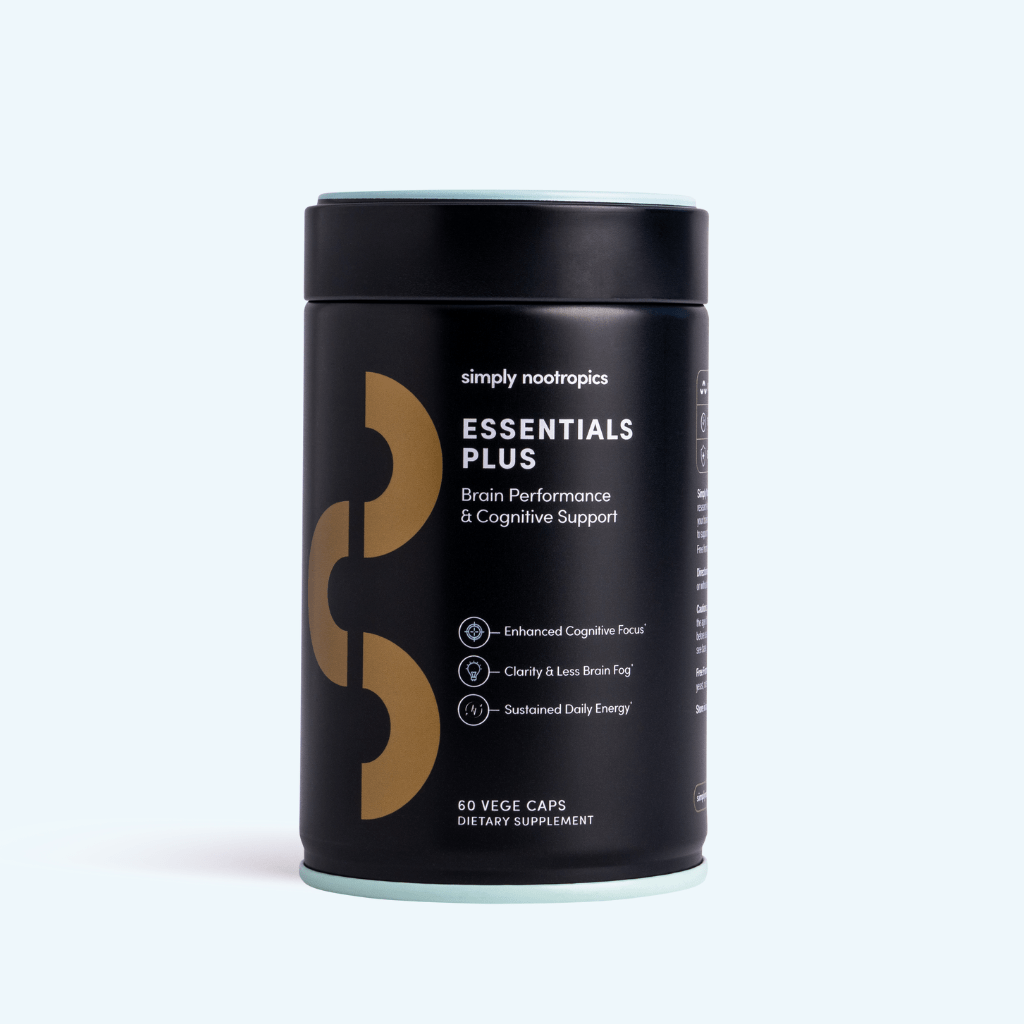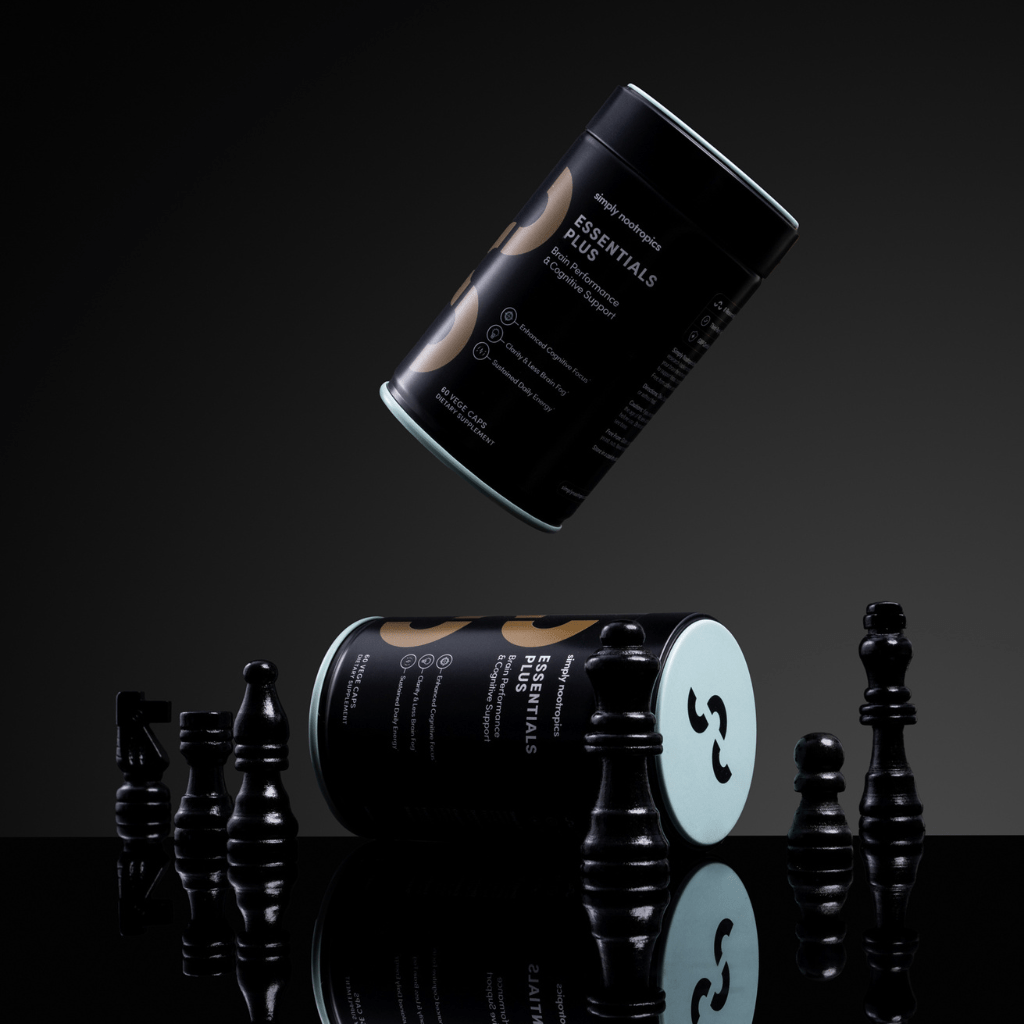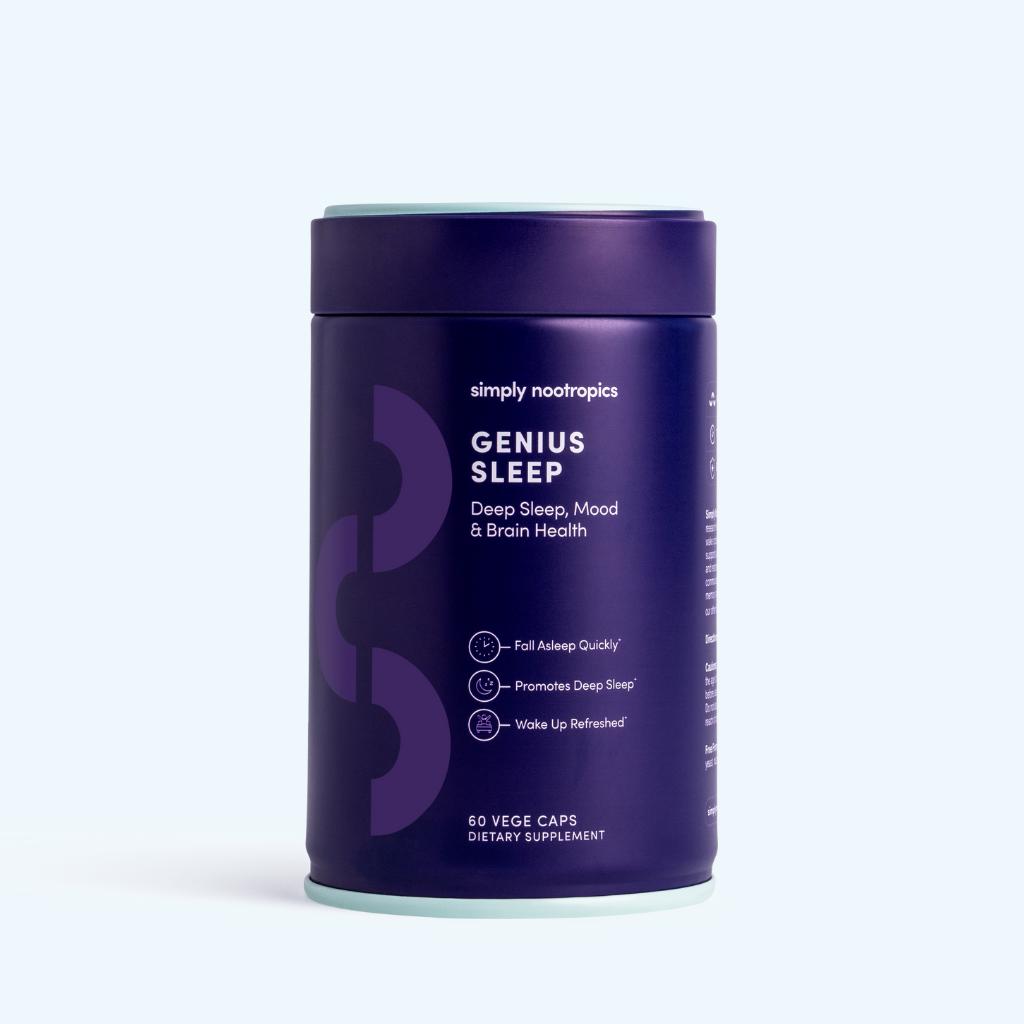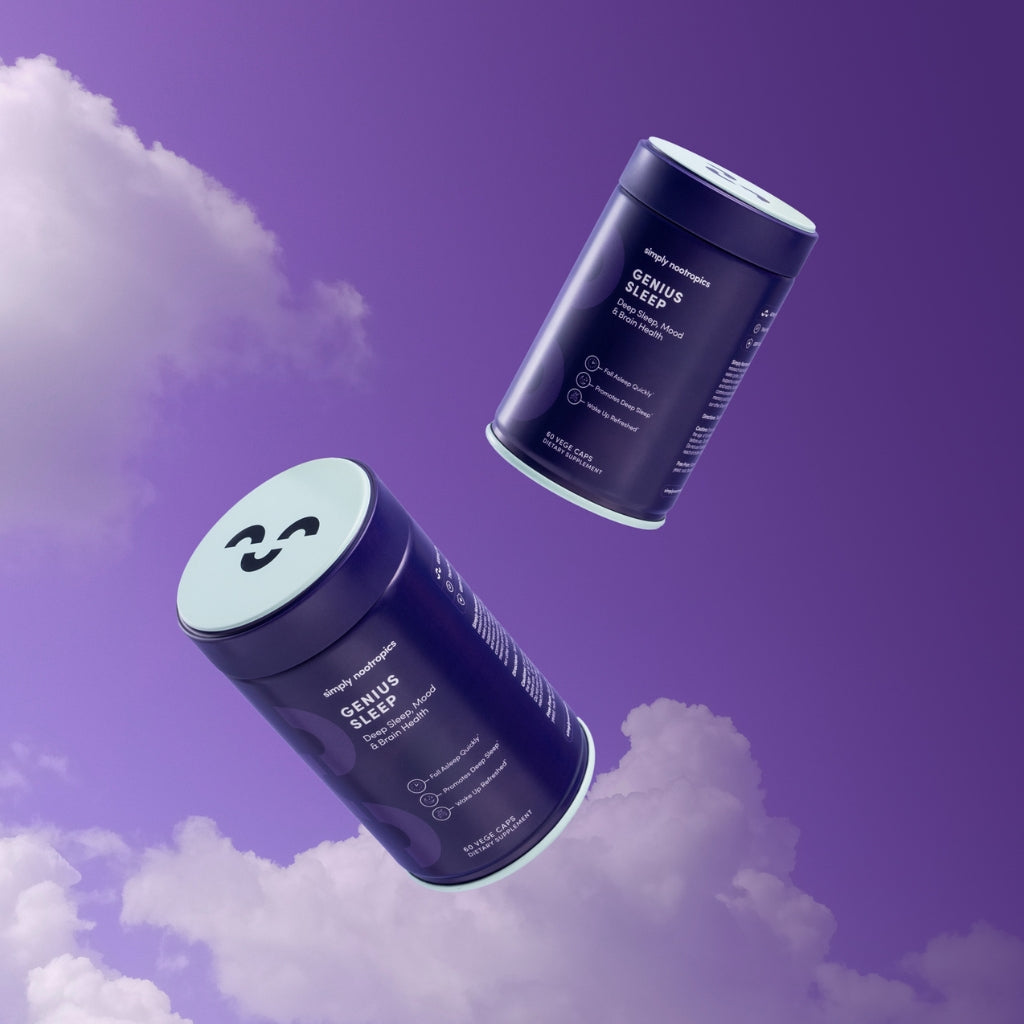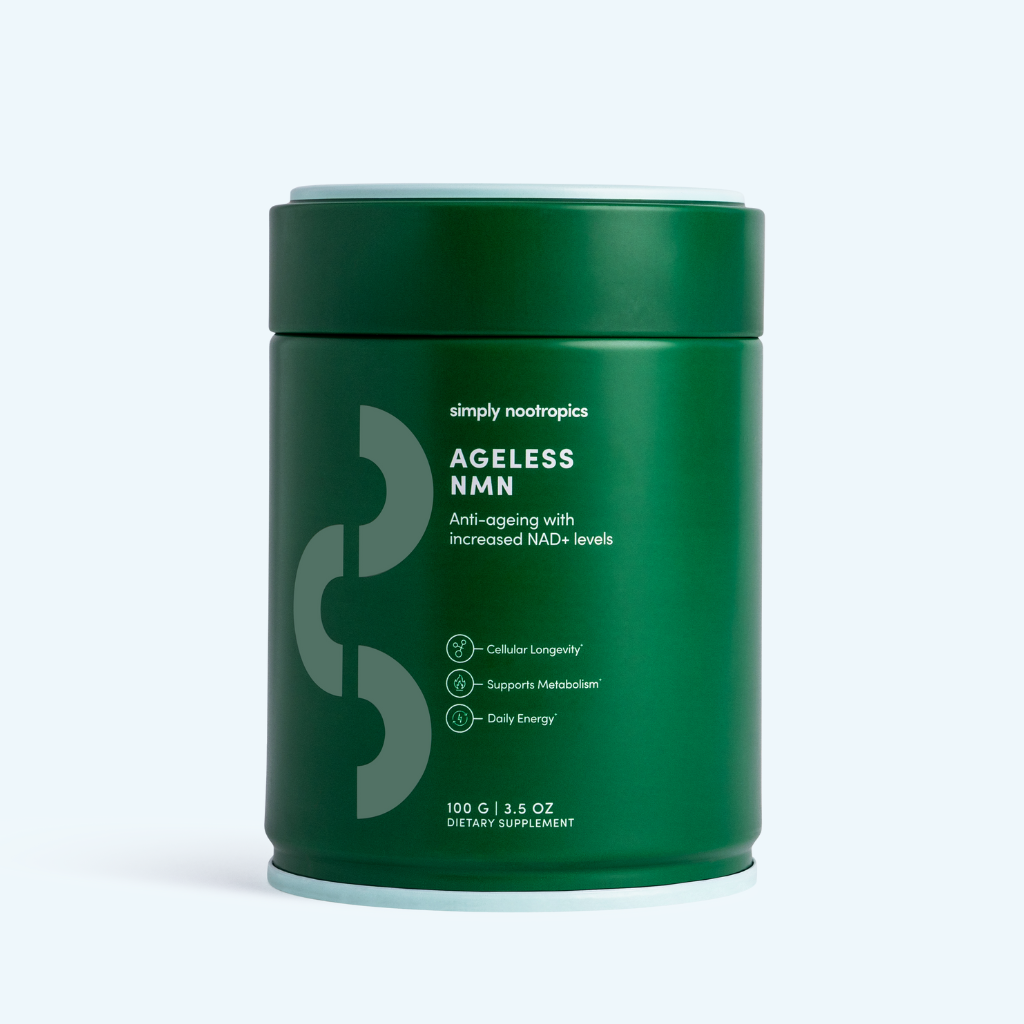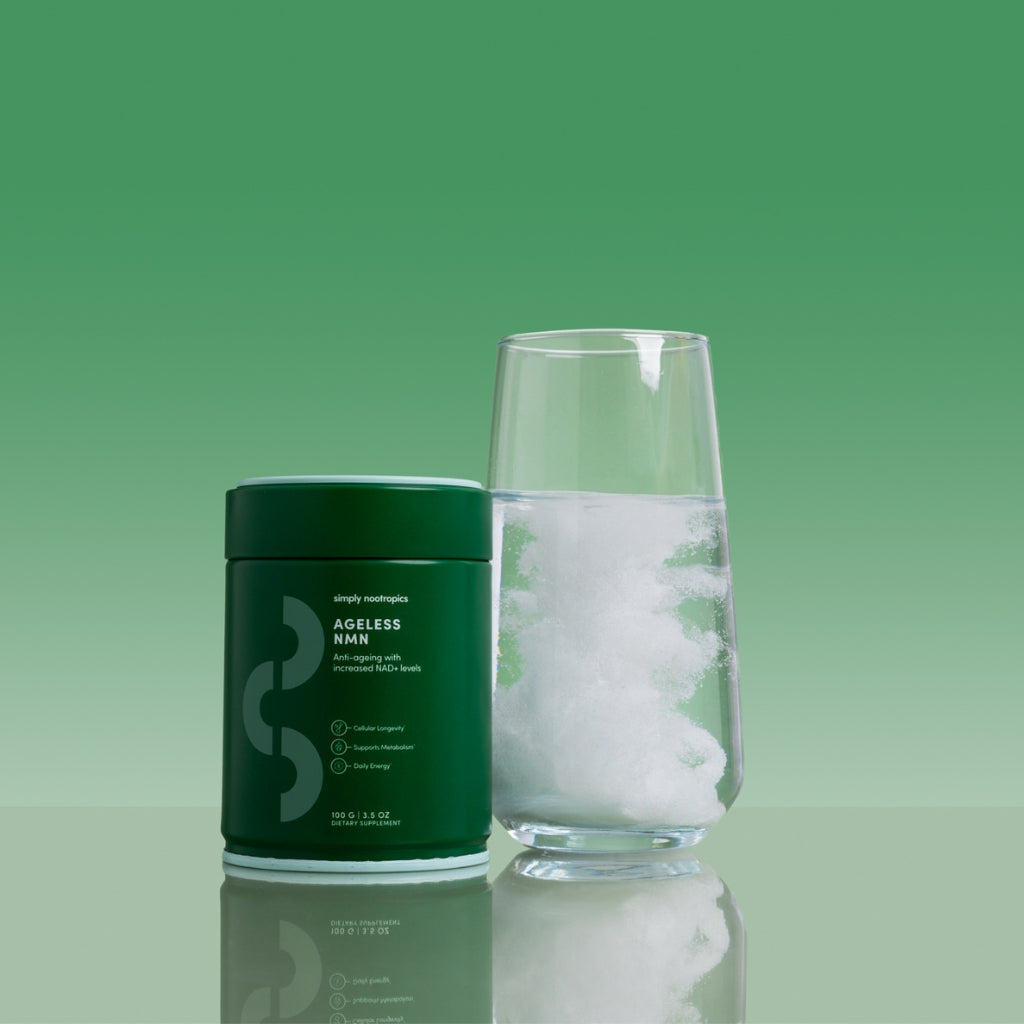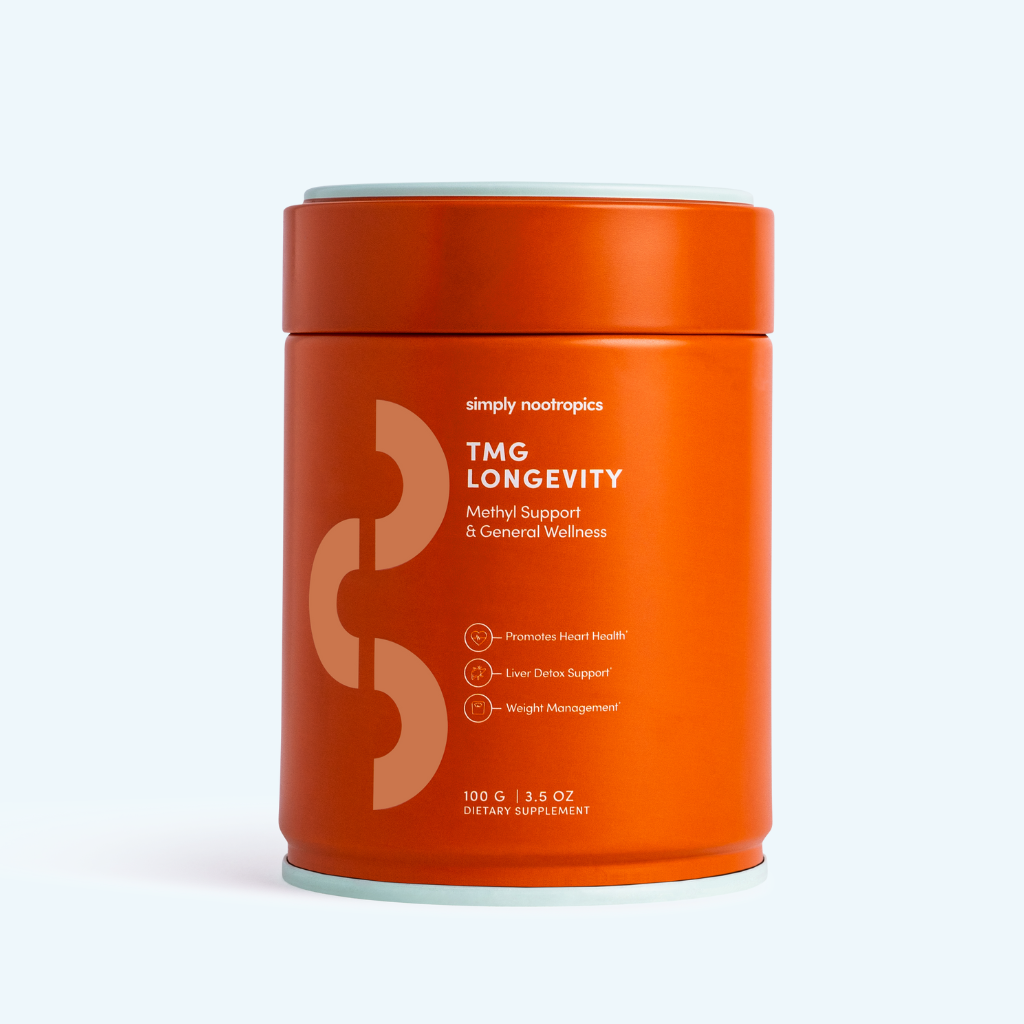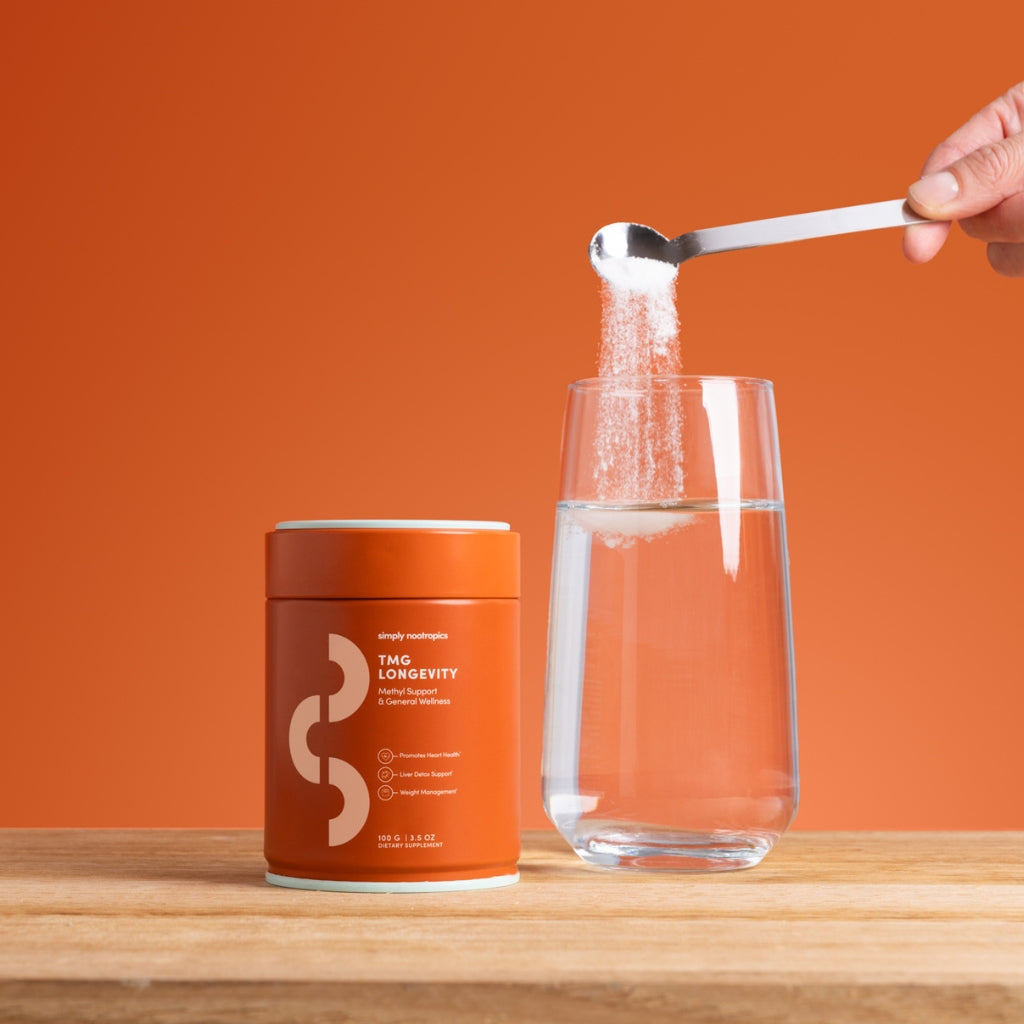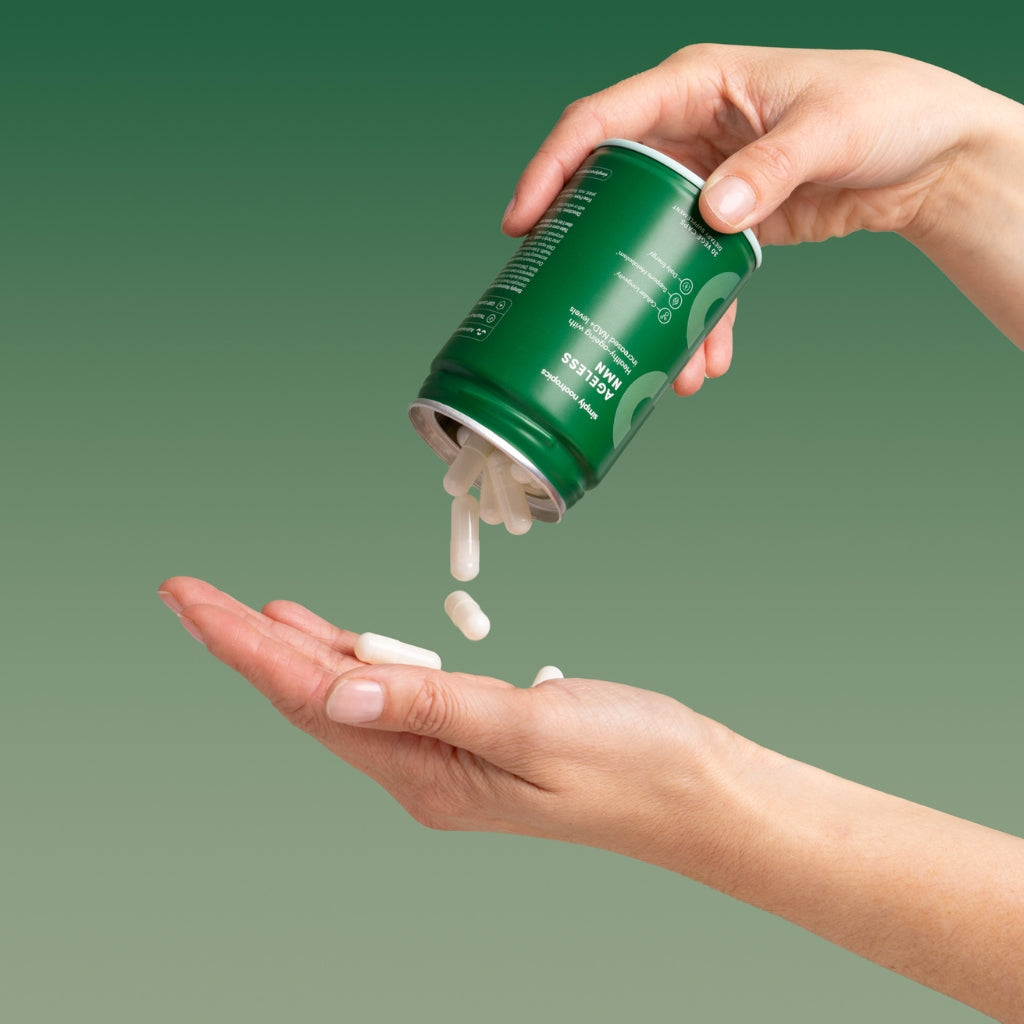It might come as a surprise, but ageing doesn’t hit every part of your body at the same time. And that’s not just a metaphor, it’s biology.
We often treat ageing like a single, gradual decline, but in reality, different organs follow their own timelines. Some begin to show wear and tear decades before others. That’s why you might feel fine cognitively but notice changes in your skin, digestion, or stamina. It's why your knees may protest long before your memory does.
This concept, known as asynchronous ageing, is gaining attention in longevity science, and it’s helping people build more targeted, personalised approaches to health. Let’s break down how and when key systems in your body typically begin to age, and what you can do to support active ageing.
-
The Brain
Your brain is often one of the last organs to show obvious signs of ageing, but that doesn’t mean it’s not changing. Structural and functional changes can begin in your 30s. Processing speed may slow slightly, focus may require more effort, and multitasking might feel less efficient. You’re not imagining it: these are early shifts in neuronal signalling, dopamine regulation, and even mitochondrial function in brain cells.
What's interesting is that memory tends to remain fairly stable until the 60s or later, which is why cognitive decline often feels like it appears suddenly. But the groundwork is laid much earlier.
Support strategies for active ageing:
-
Nutrients that support neurotransmitters (e.g. CDP Choline, B vitamins)
-
Daily mental challenge (learning, language, puzzles)
-
Stress management to protect hippocampal function
-
Sleep hygiene (for glymphatic brain detox)
-
Mitochondria
Your cells’ energy factories, the mitochondria, begin to slow as early as your 30s. This isn’t the sudden fatigue of a poor night’s sleep. It’s the gradual erosion of cellular energy capacity, linked to reduced NAD+ availability, increased oxidative stress, and accumulated mitochondrial damage.
Because mitochondria power nearly every system (brain, muscles, heart, immune function) this decline can feel like a dip in overall resilience: slower recovery, more brain fog, less drive.
Support strategies for active ageing:
-
NAD+ precursors like NMN and NR
-
Mitochondrial nutrients (CoQ10, alpha-lipoic acid)
-
Physical activity (especially high-intensity intervals)
-
Fasting or time-restricted eating (to trigger mitophagy)
-
Skin
Skin is usually the first system where ageing becomes noticeable, but it’s not just about wrinkles. By your mid-20s, collagen production starts to decline. Elastin stiffens. Cellular turnover slows. These changes impact structure, hydration, and the skin’s role as a barrier.
Sun exposure, pollution, and inflammation speed this up. And because the skin reflects internal health, early changes can also signal oxidative stress and systemic inflammation elsewhere in the body.
Support strategies for active ageing:
-
Hydrolysed collagen peptides + Vitamin C
-
Hyaluronic acid and antioxidant support
-
Limiting UV and pollutant exposure
-
Consistent hydration (internal and topical)
-
Bones
Bone health peaks in your late 20s, after which bone resorption gradually exceeds formation. In women, this accelerates dramatically post-menopause due to oestrogen decline. But in both sexes, micro-declines start much earlier than most people expect.
Low-grade inflammation, sedentary behaviour, and insufficient intake of calcium, vitamin D, or magnesium can quietly erode bone strength over decades.
Support strategies for active ageing:
-
Resistance training
-
Adequate dietary calcium and D3
-
Magnesium and K2 for bone matrix support
-
Minimising inflammatory load (sugar, ultra-processed food)
-
Immune System
Immunosenescence, the ageing of the immune system, doesn’t usually show up in your 20s or 30s, but it starts then. T-cell production slows, inflammation becomes more persistent, and the body becomes less responsive to new threats.
By your 40s, you may notice longer recovery times from illness, or more frequent low-level infections. Over time, this can lead to increased susceptibility to chronic inflammatory conditions, poor wound healing, and vaccine inefficacy.
Support strategies for active ageing:
-
Zinc, selenium, and vitamin C
-
Adaptogens (Ashwagandha, Rhodiola)
-
Gut health optimisation (pre- and probiotics)
-
Regular moderate exercise and restorative sleep
-
Muscles
Muscle mass starts to decline from around age 30, a process called sarcopenia. Without intervention, you can lose up to 5% of muscle per decade. That’s not just about strength; muscle is critical for glucose regulation, balance, metabolic rate, and even mood.
Because mitochondria are densely packed in muscle cells, mitochondrial decline also accelerates sarcopenia.
Support strategies for active ageing:
-
Progressive strength training (2–4x/week)
-
High-quality protein intake (1.2–2g/kg/day)
-
Creatine, leucine, and vitamin D
-
Mitochondrial support via NAD+ boosting compounds
-
Cardiovascular System
The cardiovascular system is incredibly adaptive, but changes in vascular flexibility, arterial stiffness, and heart rate variability begin as early as your 30s, even in healthy individuals.
You may not notice these changes until much later, but they impact your risk for hypertension, brain perfusion, and metabolic dysfunction in the long term.
Support strategies for active ageing:
-
Omega-3 fatty acids and polyphenols
-
Movement — particularly cardio + breathwork
-
Blood sugar and cholesterol regulation
-
NAD+ support (for endothelial function)
-
Gut
Your gut microbiome also ages, and it’s linked to almost everything: immune function, inflammation, skin health, brain signalling, and metabolism.
With age, microbial diversity declines, gut barrier function weakens, and low-grade inflammation increases. This begins as early as your 30s, especially under stress, poor diet, or antibiotic overuse.
Support strategies for active ageing:
-
Prebiotic fibre (inulin, resistant starch)
-
Fermented foods or targeted probiotics
-
Polyphenols (berries, cocoa, green tea)
-
Limiting processed foods and sugar
So, What Can You Do?
The takeaway isn’t that everything falls apart, it’s that every system has its own timeline. The key to feeling better for longer isn’t trying to “anti-age” everything at once. It’s supporting the systems that begin to shift earliest and being proactive before symptoms arrive.
Here’s how to think about active ageing:
|
System |
When Ageing Begins |
What to Support |
|
Skin |
Mid–late 20s |
Collagen, antioxidants |
|
Mitochondria |
Early 30s |
NAD+, CoQ10, exercise |
|
Brain |
30s–40s |
Choline, adaptogens, sleep |
|
Muscles |
~30 |
Strength training, protein |
|
Immune |
30s–40s |
Zinc, gut health, adaptogens |
|
Bones |
Late 20s–30s |
D3, K2, resistance training |
|
Cardiovascular |
30s+ |
Omega-3, blood sugar control |
|
Gut |
30s+ |
Fibre, probiotics, polyphenols |
A Smarter Way to Support Your Energy and Ageing
If there’s one system that touches almost all of these, brain, muscle, heart, and immunity, it’s your mitochondria. And that’s why maintaining NAD+ levels becomes such a core part of any modern longevity strategy.
At Simply Nootropics, we created Ageless NMN to support that goal.
NMN is a direct precursor to NAD+, shown to:
-
Improve mitochondrial function
-
Support cognitive clarity
-
Enhance recovery and resilience
-
Promote healthy ageing across multiple systems
It’s not about reversing time. It’s about making the most of it, with more energy, better focus, and stronger foundations for everything that’s still ahead.




